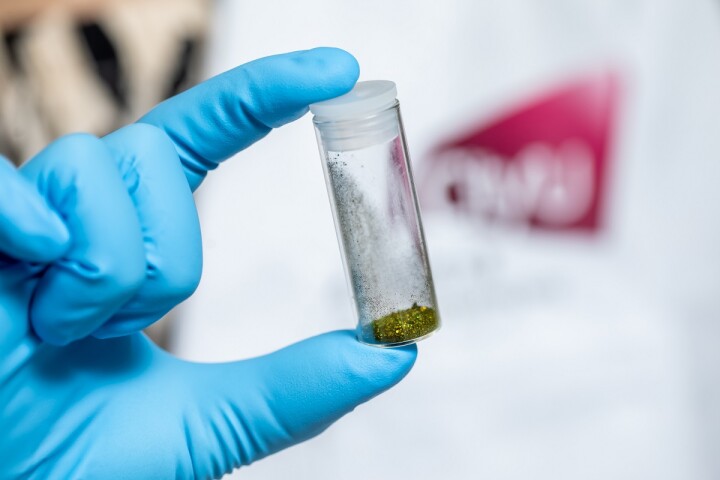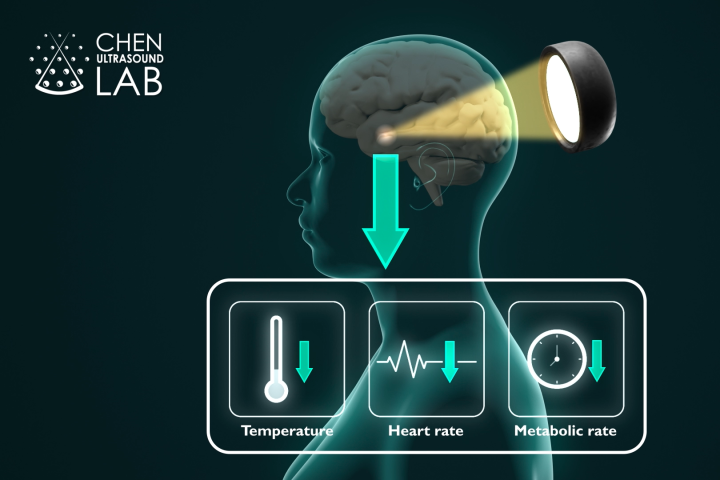Ultrasound
-
MIT researchers have designed a wearable ultrasound patch that can image the bladder as well as a conventional ultrasound does, without the need for cold gel or an operator. The device could also be adapted to image other internal organs.
-
Earlier this year, we introduced solid-state micro-speaker technology from California's xMEMS Labs that's designed to replace coil-based drivers in wearable audio products. Now the company is aiming for satisfying low end with the Cypress speaker.
-
Smartwatches that can monitor a wearer's heart rate use light pulses to detect changes in blood volume. But research from Google proposes using ultrasound from an earphone's speaker driver to look for tiny deviations in the surface of the ear canal.
-
For some time now, industrial ultrasonic knives have been utilized for precision cutting tasks in places like laboratories and factories. The 369Sonic, however, is claimed to be the first such device designed specifically for use in home kitchens.
-
When fighting cancer, chemotherapy is still a bit of a blunt instrument. By combining it with soundwaves, however, researchers have found a way to turn it into more of a scalpel than a club, sparing damage to nearby tissue and the body as a whole.
-
Two studies have used focused ultrasound to open up the blood-brain barrier, generating a positive immune response and allowing for the admission of gene-editing technology. The technique could be a non-invasive way of treating neurodegenerative diseases.
-
A study has found that targeting specific brain areas with ultrasound causes functional changes that last up to an hour. It paves the way for developing non-invasive methods of treating mental health conditions such as depression and anxiety.
-
As climate change, market demand and other variables impact vino supply and quality, winemakers have turned to using ultrasound on grapes to get a better drop. Now, for the first time, scientists have studied its effects on the increasingly popular rosé.
-
A novel microneedle patch may bring new hope to people who struggle to keep their acne under control. Instead of utilizing antibiotics, the device releases nanoparticles that kill acne-causing bacteria when triggered by exposure to ultrasound.
-
We’re getting closer to being able to induce hibernation on demand in humans for surgery or space travel. Scientists have now demonstrated a way to induce a hibernation-like state in mice and rats using non-invasive ultrasound pulses to the brain.
-
Engineers have developed a fully integrated wearable ultrasound device that monitors deep tissues in real-time for up to 12 hours. What's more, it's wireless, meaning that patients can stay mobile while doctors track their vital signs remotely.
-
MIT scientists have developed a new wearable patch that can deliver drugs through the skin more efficiently and painlessly. The device uses pulses of ultrasound to pry open the skin, which could improve topical medications or even tattoos.
Load More











